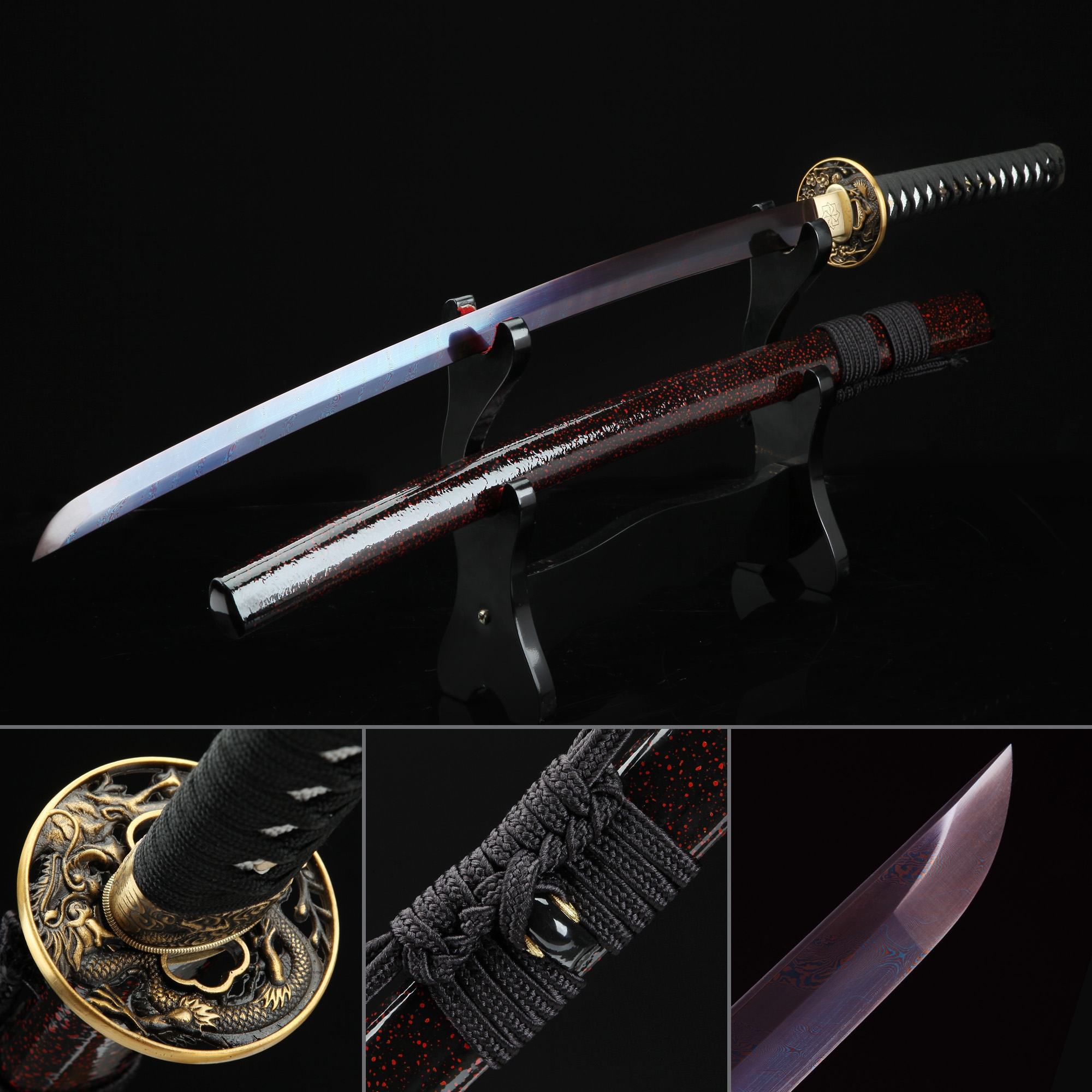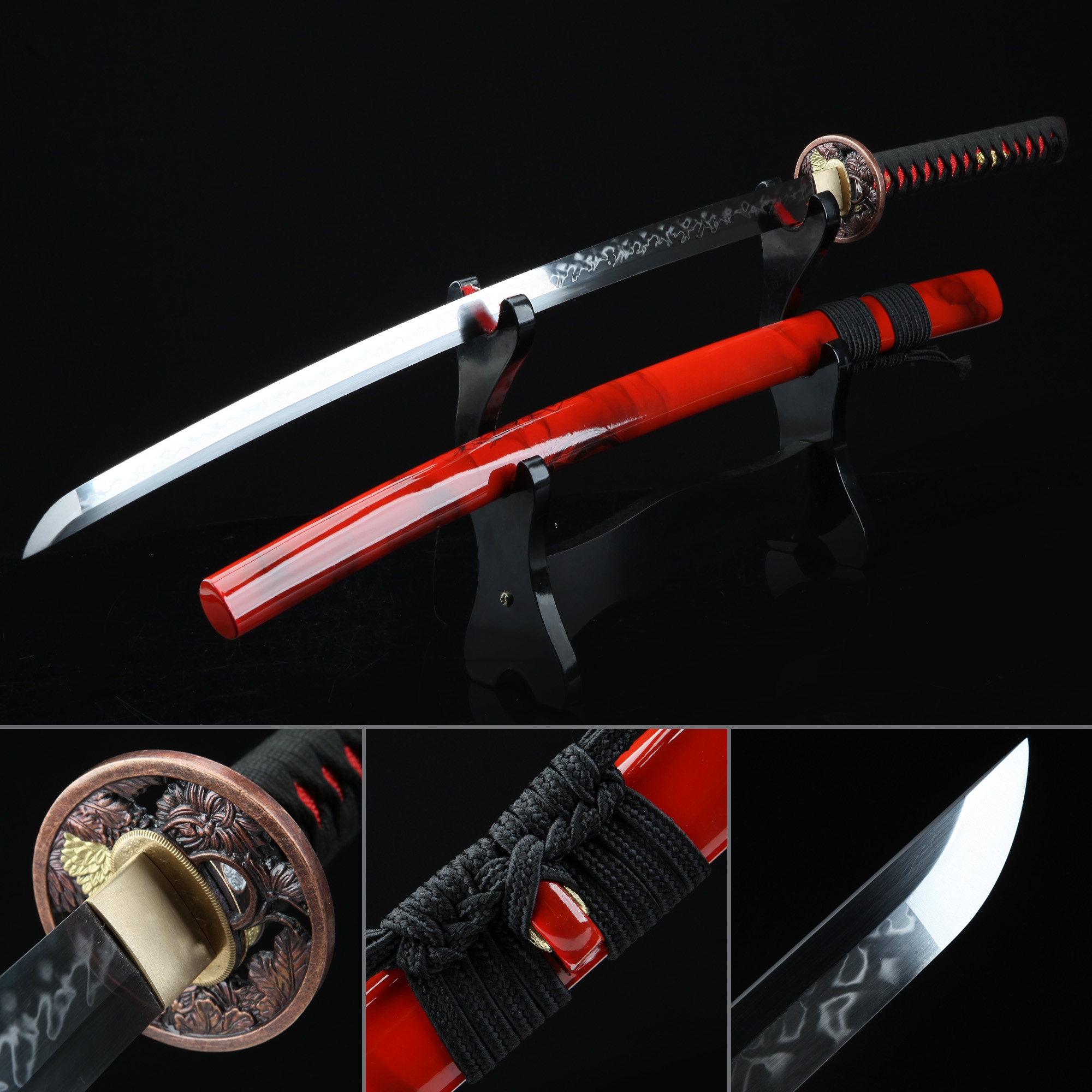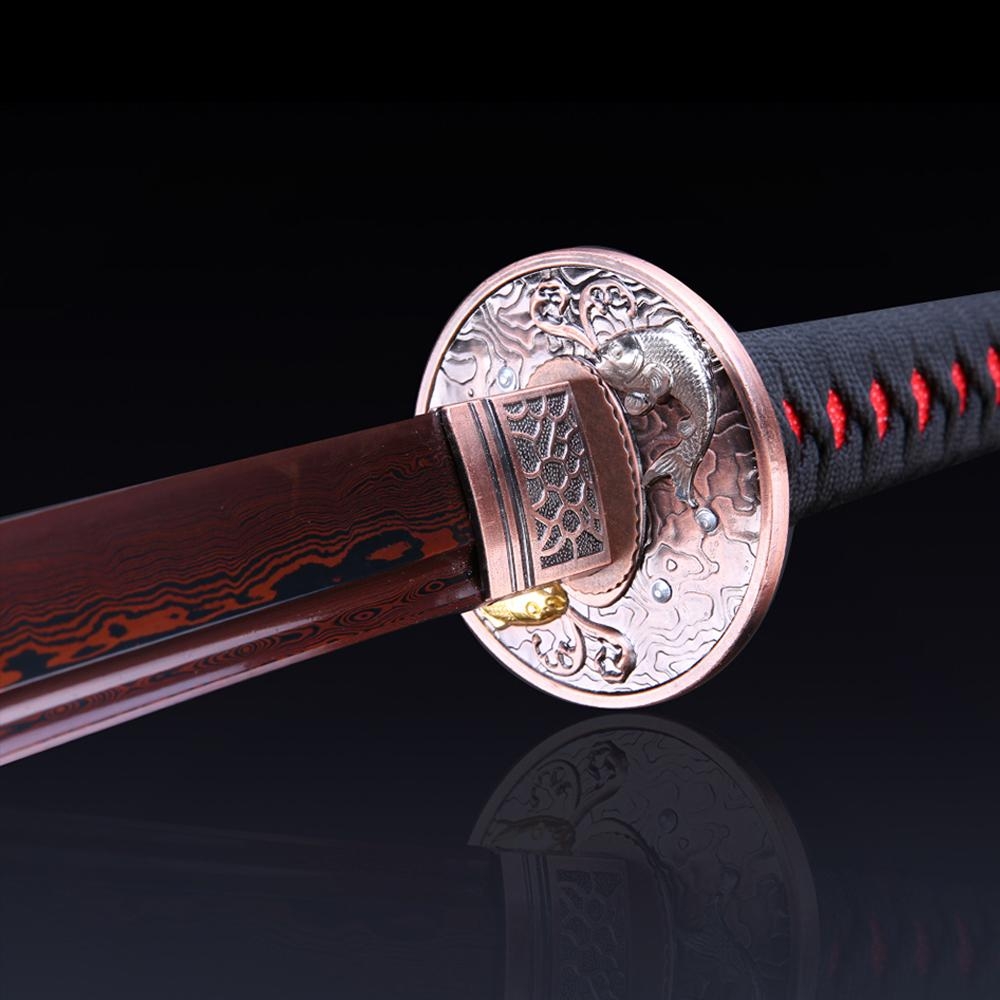
They kept it safe as its legend continued to grow, a reputation that peaked with the Honjo Masamune’s naming as an official National Treasure ( Kokuhou) in 1939. It remained in this family’s possession long after political power had returned to the hands of the emperor with the Meiji Restoration in 1867. And so it was protected by the most powerful clan of late-feudal Japan, the Tokugawas, under whose ownership it passed when they conquered the Toyotomi shogunate in around 1600.

Its hardness and sharpness are said to be unmatched, making it the flagship sword of the legendary Masamune forge. Known for its unparalleled performance in battle, the Honjo Masamune is remembered as possibly the finest Japanese katana ever made. Masamune’s most famous creation was and still is the Honjo Masamune, a katana cherished and passed down through the Tokugawa shogun family for generations. Honjo Masamune Katana: The Lost Masterpiece of Feudal Japan Having little reason to sign the blades, many potential Masamune swords exist without the name necessary to confirm their true creator. One reason for the scarcity of confirmed Masamune blades, is the fact that he was employed by the Kamakura bakufu (fuedal government) to make tachi (long katana) on contract. The hamon edge of Masamune’s masterpiece, the Honjo Masamune. This imagery reflects the balance Masamune struck with his swords: fierce power and a calm, cool collectedness. Meanwhile a fog surrounds these jagged lines like the weather of a tranquil winter’s day. This edge is said to appear like lightening. In addition to the strength, hardness, and complimentary durability of his long swords, the beauty of their hamon edge is remembered as particularly impressive. Masamune’s trademark was the edge he applied to his swords. We see this method in nearly all the high-end kitchen knives covered here at OrientalSouls. His pioneering method of blending and refining steels, unprecedented at the time, has since become a standard practise amongst top Japanese sword and knifemakers. What’s more, some his most legendary creations have gone missing – an unfortunate loss that stands to only add to the mystery and legend of this master blade smith. Like many other aspects of this history we are about to encounter, no one knows the actual dates of his life, death, or even the years he was most active. Masamune, a sword master who likely worked during the late-13th and early-14th century, is known for the long katana blades he crafted in his signature style. The Mysterious Masamune: Japan’s Greatest Swordmaker

Like a riddle wrapped in a mystery, inside an enigma, the history of Japan’s best katana swordmakers remain some of the nation’s greatest unsolved secrets. In the second, we will take a look at the troubled legacy of Muramasa, a comparatively dark and mysterious figure who at once appears as Masamune’s natural successor and troublesome rival.īefore we begin, I must warn you that many of these tales are still without ending. In this first, I will focus mainly on Masamune, Japan’s first and most famous, respected master swordmaker. With so many great tales and unsolved mysteries to share, I will break this piece into two parts.

Let’s take a look at these two men, the mysteries of their lives, as well as the stories and myths attributed to their seemingly magical swords. While several swords have made it safely into the protective cases of Japan’s top museums, others have disappeared from the public eye, adding fuel to the rumours and legends which surround these master swordmakers and their famous katana. Long outliving their creators, the swords of Masamune and Muramasa have survived for generations in Japan, through periods of prosperity as well as turmoil. Instead, it is their master crafted Japanese katana, as well as the pair’s almost mythological, legendary status as Japan’s greatest swordmakers that has resulted in the popularization of this story of competition.

Though sometimes considered rivals, these two did not live and work together during the same period. In this series, I will cover two of Japan’s most revered master swordmakers: Masamune ( Gorou Nyuudo Masamune) and Muramasa ( Sengou Muramasa).


 0 kommentar(er)
0 kommentar(er)
